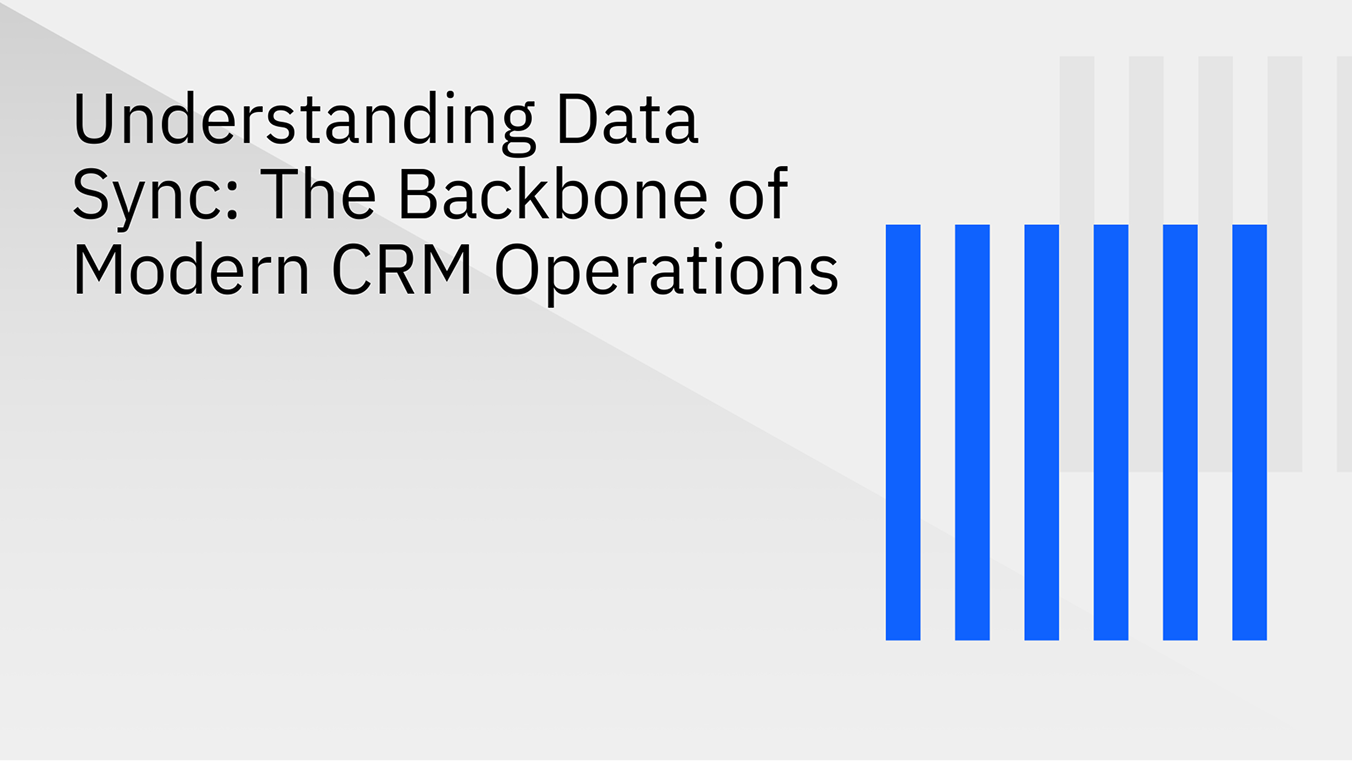

Data synchronization, or data sync, is the continuous process of ensuring that information stays consistent and up to date across multiple systems. In the CRM context, data sync connects platforms like Salesforce, HubSpot, and Zoho with ERPs, databases, and SaaS tools, ensuring every customer record, deal stage, or support ticket reflects the latest update instantly.
Unlike traditional batch updates, modern two-way sync engines continuously detect and replicate changes in real time, maintaining a single source of truth across your entire tech stack.
In fast-moving organizations, data changes every second. A new lead is added in HubSpot, an invoice is updated in NetSuite, or a support ticket is resolved in Zendesk. Without proper synchronization, those changes may take hours or days to propagate causing inconsistent data, missed follow-ups, and poor customer experiences.
With CRM-focused data sync:
Platforms like Stacksync enable instant data updates across systems, preventing lag and ensuring complete visibility.
A reliable sync process relies on three main components: detection, replication, and validation.
Modern CRM ecosystems use event-driven sync architectures that push updates the moment they occur, instead of waiting for scheduled refreshes. This low-latency approach guarantees operational accuracy.
Understanding directionality is crucial:
Stacksync’s two-way sync engine ensures that any modification no matter where it’s made instantly updates across every connected system.
CRM operations require data sync tools that can handle large, fast-moving datasets while ensuring accuracy and resilience. The best solutions include:
Even with advanced tools, synchronization can face hurdles:
Solutions like Stacksync address these issues with low-latency sync, built-in error handling, and auto-resync features that ensure 99.99% data consistency across platforms.
Implementing real-time synchronization has a direct impact on performance and productivity:
When synced data powers your CRM, your business operates on truth not assumptions.
Stacksync was designed for CRM-grade synchronization built to handle operational data, not just analytics. Its two-way sync engine connects CRMs, ERPs, and databases with real-time reliability, eliminating the need for custom scripts or integration middleware.
Key advantages include:
By automating synchronization between platforms like HubSpot, Salesforce, and NetSuite, Stacksync transforms how teams manage customer data.
Stacksync brings all these elements together with event-driven, low-latency, cross-platform synchronization, helping teams move from static data to truly dynamic operations.
Want your CRM to stay perfectly in sync with every app and database? Discover how Stacksync’s two-way sync engine delivers real-time updates, scalability, and reliability across your entire tech stack.